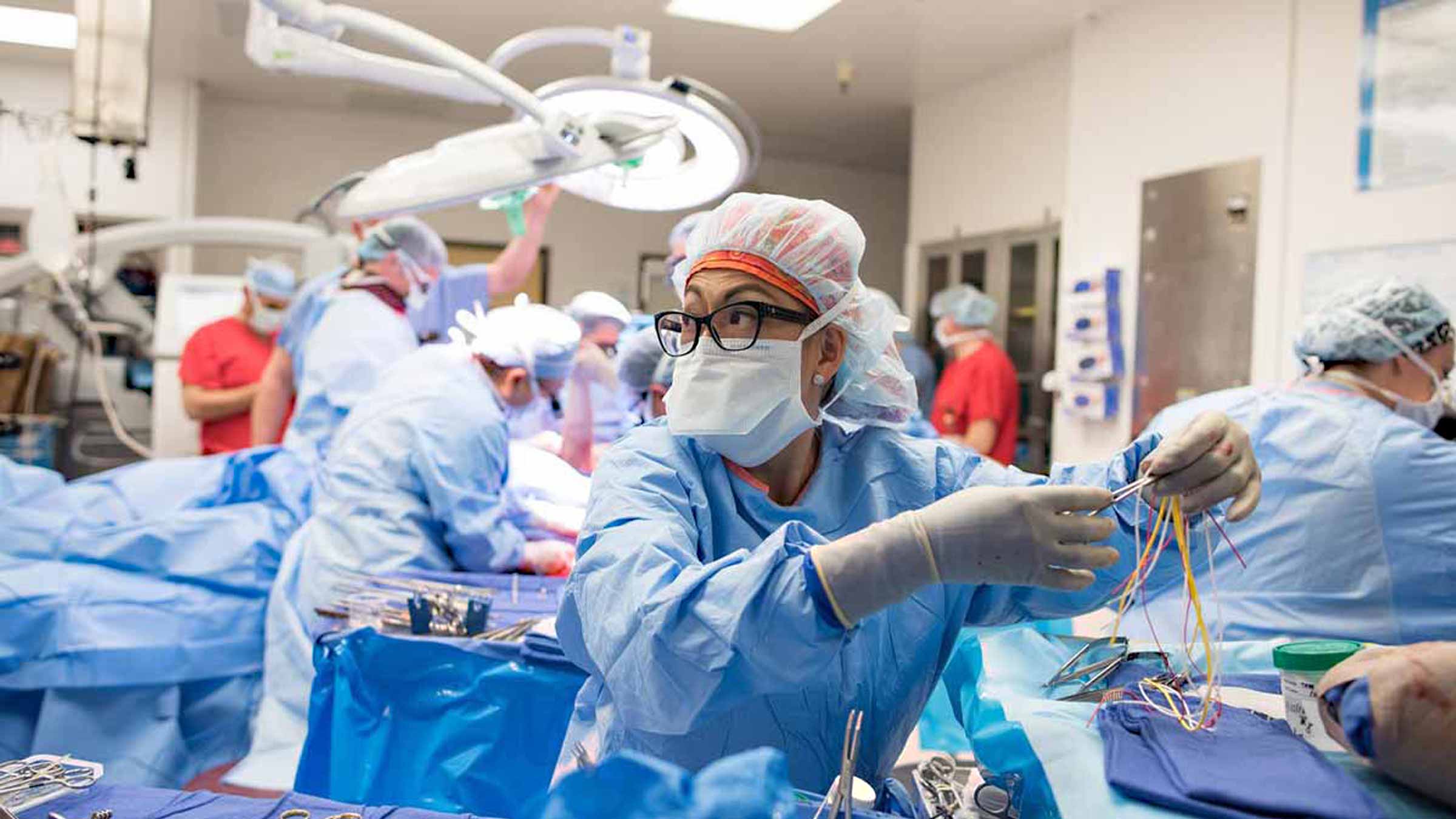
The patient arrives unstable. Pain escalates. Blood pressure drops. Consciousness fades. Surgeons assess quickly. CT might come later. Ultrasound might help. But decisions start without full clarity. Physical signs guide early actions. Delay can shift outcomes sharply.
General surgeons enter the scene when internal injury, infection, or obstruction turns life-threatening
Not every emergency is trauma. Some are abscesses. Some are perforations. Bowel blockages. Gallbladder rupture. These come quietly. Then explode. Surgeons act when medicine stalls. When antibiotics don’t stop the fever. When scans show gas outside bowel walls.
Perforated ulcers, ischemic bowels, and ruptured appendices demand action before lab values catch up
Blood tests lag behind the body. Pain intensifies before white cells rise. Fever waits. A rigid abdomen tells more than numbers. The general surgeon doesn’t wait for thresholds. They read the body’s urgency before the lab reflects it.
In trauma, control of bleeding comes before full repair—stabilization often means temporary closure
Gunshots. Car crashes. Falls. Bleeding steals time fast. Surgeons open fast. Clamp arteries. Pack spaces. Temporary closures follow. They return later for reconstruction. The goal is to survive the moment—not finish the case. Priorities stack minute by minute.
Emergency surgery often involves organs you weren’t treating five minutes earlier
You prep for appendectomy. But find unexpected abscesses. Or bowel necrosis. Emergency doesn’t respect single targets. Surgeons pivot. Plans shift. The abdomen surprises. Generalists manage this unpredictability. Specialization gives way to immediacy.
Decisions happen with incomplete data, but action still carries the weight of permanent consequences
You don’t know the full story. But the gut looks ischemic. You remove it. The patient wakes needing a stoma. Or doesn’t wake. Every choice echoes. The general surgeon balances urgency with unknowns. There’s rarely full confirmation before cutting.
Sepsis often marks the moment medical management ends and surgical urgency begins
Infection spreads. Fluids fail. Blood pressure crashes. Source control becomes priority. A drain might help. But not always. Sometimes it needs opening. Cleaning. Debriding. Removing. That shift from ICU to OR happens in minutes. Sepsis drives it.
Not all emergency operations happen in well-lit theaters—some begin bedside, in chaos
Trauma bays become ORs. Chest tubes slide in between heartbeats. Fasciotomies open tight limbs. The setting bends. Tools improvise. You act where you are. Not where you want to be. General surgeons adapt space to fit time.
Pain location gives clues—but emergency surgeons know referred patterns blur diagnosis
Epigastric pain hides perforated ulcers. Right shoulder pain masks ruptured spleens. General surgeons read these patterns. Not textbook ones—but human ones. They follow shadows. Confirm with hands. Trust clinical feel more than scan delay.
Surgical airways, bowel resections, or decompressions often happen while family still waits for updates
The family hears “stable.” But inside, the bowel’s dusky. Or the pressure builds. The patient isn’t talking. The airway narrows. General surgery moves while others explain. Action precedes report. Consent forms wait. The knife doesn’t.
Every minute delayed in critical cases adds to tissue death, metabolic shift, and surgical difficulty
Ischemia grows. Necrosis spreads. Fluids pool. Bacteria multiply. General surgeons work within this clock. Late arrival means more tissue loss. More bleeding. More ICU days. Emergency surgery punishes hesitation more than error.
Some interventions aim not to fix—but to buy time for a larger solution later
A drain relieves abscesses. A bag collects stool. A clamp slows bleeding. It’s not finished. But it prevents collapse. General surgeons create breathing space. Time isn’t just rushed—it’s bought in pieces. Every hour matters.
The burden of “being wrong” doesn’t outweigh the risk of acting too late
You suspect volvulus. It’s not. But you operated. The patient lived. A scar remains. But no death. Surgery sometimes works by subtraction. By ruling out catastrophe—not confirming it. The price of action is smaller than the cost of delay.
Emergency surgery rarely follows routine—it demands skill under pressure without complete preparation
You don’t rehearse this case. You didn’t choose it. The patient came crashing. The vitals screamed. You opened. Bled. Closed. Reopened. Nothing neat. No sequence. Just skill meeting chaos—and trying to leave the room better than it found it.
Source: General Surgeon in Dubai / General Surgeon in Abu Dhabi
